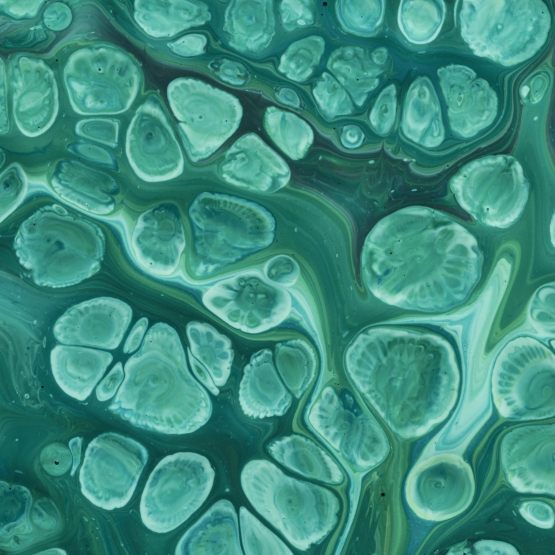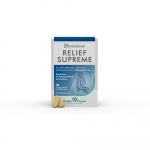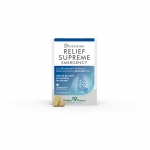Ours is a holistic approach that does not hinder the physiological processes of the body. It's an approach that encourages the restoration of balance, by combatting the causes of symptoms as efficiently as possible and ensuring fast relief.
Symptoms and relief
SELECT YOUR NEED

Osteoarticular and muscular system
INFLAMMATION AND PAIN
INFLAMMATION is an adaptive response to anything that our body perceives as potentially harmful.
Clinically, the tell-tale signs of inflammation are:
- warmth in the inflamed area
- redness
- swelling
- pain and functional impairment
These symptoms frequently affect the musculoskeletal system, thus creating localized tension in the muscles, tendons and bones.


Inflammation develops through complex biochemical processes involving the targets of inflammation, in which molecular and cellular components that are closely interconnected form part, such as:
- The arachidonic acid cascade
- ROS and RNS
- The complement system
- The endocannabinoid system
- Glucocorticoid receptors
WHAT IS PAIN?
Pain is the means by which the body signals damage to its tissues. As defined by the IASP (International Association for the Study of Pain - 2020) and the World Health Organization, pain is "an unpleasant sensory and emotional experience associated with (or similar to that associated with) potential or ongoing tissue damage."
It can be one of two types:
- Acute pain, which appears suddenly; its possible causes include an illness, trauma (e.g., an injury while playing sports) or inflammation of a tissue in the body (such as pain associated with a muscle strain). Its duration is limited in time; when the discomfort lasts for more than 12 weeks, it is classified as chronic pain.
- Chronic pain may result from an initial trauma (e.g., a fall on one's shoulder), which ends up having long-term consequences, or it may be caused by a persistent condition (e.g., chronic degenerative conditions such as arthritis).
Some types of pain:
| TYPE OF PAIN | THE MOST COMMON | SYMPTOMS |
| Acute pain |
|
|
| Chronic pain |
|
|
WHAT IS THE DIFFERENCE BETWEEN INFLAMMATION AND PAIN?
Pain and inflammation are two different things, but they actually have many things in common. To be specific, in most cases, the pain we experience in one part of the body, whether the head (headache), a muscle (myalgia), or somewhere else, is often caused by an underlying inflammation.
Arthrosis is a degenerative, chronic, progressive disease that mainly affects people over 60-65 years of age. It is characterized by the progressive thinning and deterioration of the cartilage lining the ends of the bones at the joints. The increasing friction between the bones at the joint leads to the formation of osteophytes, or "bone spurs," which cause pain and the progressive stiffening of the joint.
Arthrosis usually affects the most heavily stressed joints, such as the knees, hips, shoulders, hands, feet and spine. Damage from arthrosis is mostly found in places subjected to overloading. Pain is accompanied by bone deformation, joint swelling, and progressive limitation of movement.

